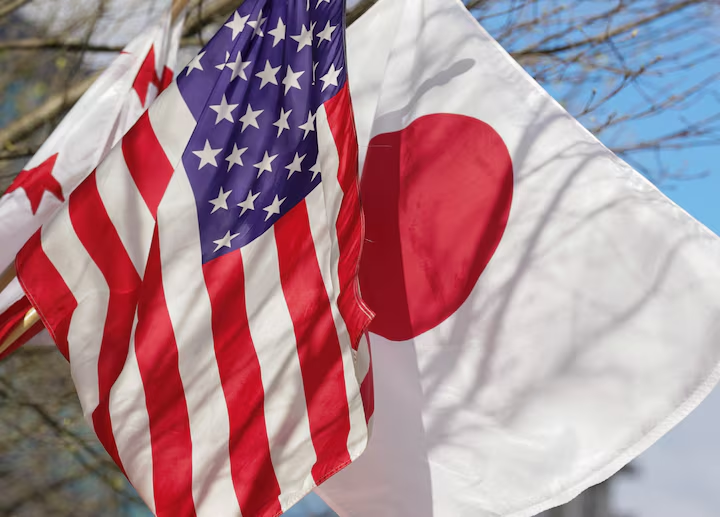The recently announced Japan-US $550 billion investment deal has captured global attention, not just for its scale but also for its strategic implications. The agreement, tied to a broader tariff negotiation, is set to impact trade, technology, and national security across both countries. While early reports suggested Japan would shoulder the financial weight, new statements from both governments reveal a more balanced partnership where profits and risks are proportionally shared. The structure, although still developing, shows how both nations are aligning their economic policies to strengthen supply chains and reduce dependencies.
Profit-Sharing Structure Raises Eyebrows
The Japan-US $550 billion investment deal includes a provision that 90% of the profits will go to the U.S., while Japan will retain 10%. This profit allocation initially sparked criticism, with some commentators suggesting Japan was simply handing over money in exchange for lower tariffs. However, Japanese government officials, including top trade negotiator Ryosei Akazawa, clarified that the split is based on each country’s level of contribution and the financial risks they are assuming.
Akazawa emphasized that the United States’ larger share is a sign of its willingness to contribute significantly to the initiative. More importantly, he noted that private-sector participants would ultimately decide on the distribution of profits, not the governments alone.
Investment to Be Driven by Both Public and Private Sectors
Contrary to assumptions that the Japan-US $550 billion investment deal is entirely a government-to-government arrangement, officials confirmed that private companies will play a critical role. The funds will come from a combination of state-backed institutions and private investors from both countries.
Japan’s contribution will involve financial support from the Japan Bank for International Cooperation (JBIC) and Nippon Export and Investment Insurance (NEXI). Thanks to a 2023 amendment in Japanese law, JBIC can now finance foreign companies that are integral to Japan’s supply chains, making this deal strategically viable for Japan’s long-term economic security.
Building Resilient Supply Chains
A major objective of the Japan-US $550 billion investment deal is to create resilient and secure supply chains, especially in sectors considered vital for national security. These include semiconductors, pharmaceuticals, steel, and shipbuilding.
The United States aims to reduce reliance on foreign suppliers, particularly from regions with unstable geopolitical dynamics. Japan, facing similar challenges, sees this partnership as a way to secure its own interests while also gaining access to the U.S. market under more favorable trade terms.
Tariff Reductions Sweeten the Deal
One of the driving forces behind Japan’s involvement is the promise of reduced tariffs on auto exports and other goods entering the U.S. market. These tariff concessions will likely improve Japan’s trade balance while providing U.S. consumers with more competitive pricing on high-quality Japanese products.
This trade-off—investment in U.S. infrastructure and supply chains in return for lower tariffs—illustrates how economic diplomacy is evolving to address both market access and strategic national goals.
Reactions and Controversy
Public reaction to the Japan-US $550 billion investment deal has been mixed. While some criticize Japan for agreeing to what appears to be an imbalanced profit-sharing model, others argue that the long-term strategic and economic benefits outweigh the immediate financial terms.
Experts believe the investment could generate strong returns for Japan, especially if the projects succeed in boosting supply chain stability and generating consistent income from key industries.
Conclusion: A Bold Step Toward Economic and Strategic Alignment
The Japan-US $550 billion investment deal represents more than just an exchange of capital. It is a forward-thinking strategy aimed at mutual economic growth, improved supply chain security, and stronger geopolitical alliances. With both countries contributing financially and strategically, and with private sector involvement likely to shape the final structure, this deal may serve as a model for future international economic cooperation.
While some elements of the agreement remain under negotiation, the early framework shows promise. If successfully executed, the Japan-US $550 billion investment deal could redefine trade relationships and investment strategies for decades to come.



